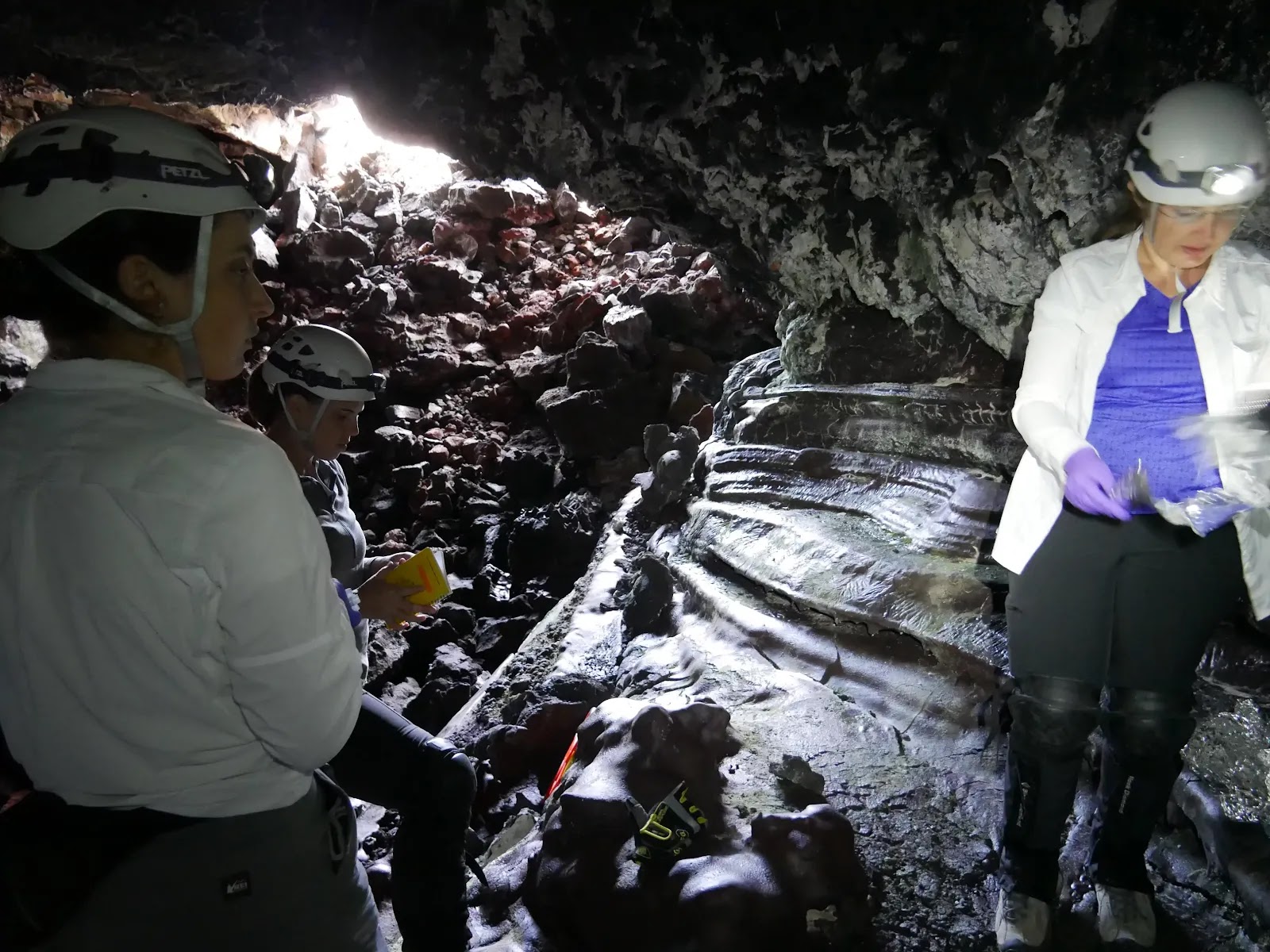Exploring Hawaiian Caves: A Key to Finding Life on Mars
NASA has been exploring caves in Hawaii to help in the search for life on Mars. The Mauna Loa lava tubes on the Big Island of Hawaii have been identified as a potential analogue for Martian caves. The exploration of these caves has given researchers a glimpse into how microbial life could survive in the harsh conditions on Mars. In this article, we will explore how the exploration of Hawaiian caves is helping NASA search for life on Mars.
The Mauna Loa lava tubes were formed by the flow of lava from a volcanic eruption. As the lava flowed, the outer edges of the lava cooled and hardened, forming a crust. The lava continued to flow beneath the crust, eventually creating a tube-like structure. These tubes can be as wide as a subway tunnel and can extend for miles.
One of the key reasons why the Mauna Loa lava tubes are considered a potential analogue for Martian caves is their similarity in environmental conditions. The lava tubes on Mauna Loa are devoid of light, and the temperature inside the tubes remains constant at around 20 degrees Celsius. The absence of light and the constant temperature inside the tubes make them a suitable environment for microbial life to survive.
Also Read:- League of Legends Patch 13.8: Buffs and Nerfs for Champions Prior to MSI
- XDefiant: A Look into the Beta Version of Ubisoft's New Arena Shooter
The exploration of these caves has given researchers a better understanding of how microbial life could survive in such environments. One of the key findings from the exploration of the lava tubes is the presence of biofilms. Biofilms are communities of microorganisms that attach themselves to surfaces and form a protective layer. These biofilms can provide protection from harsh environmental conditions, such as extreme temperatures and radiation.
Another important finding from the exploration of the lava tubes is the presence of microbial mats. Microbial mats are complex communities of microorganisms that grow on surfaces. These mats can be found in a variety of environments, including hot springs and deep-sea vents. The presence of microbial mats in the lava tubes suggests that similar communities of microorganisms could exist on Mars.
The exploration of the lava tubes has also given researchers a better understanding of how to search for life on Mars. One of the key challenges in the search for life on Mars is the harsh conditions on the planet's surface. The surface of Mars is exposed to high levels of radiation and has a thin atmosphere that provides little protection from cosmic rays. The exploration of the lava tubes has shown that searching for life in subsurface environments, such as caves, could increase the chances of finding microbial life on Mars.
In addition to the exploration of the lava tubes, NASA is also developing technology to search for life on Mars. The Mars 2020 mission, which includes the Perseverance rover and the Ingenuity helicopter, is designed to search for signs of microbial life on the planet. The rover is equipped with a variety of scientific instruments, including a drill that can collect rock samples for analysis.
So, the exploration of the Mauna Loa lava tubes in Hawaii has provided valuable insights into how microbial life could survive in harsh environments, such as those found on Mars. The presence of biofilms and microbial mats in the lava tubes suggests that similar communities of microorganisms could exist on Mars. The exploration of the lava tubes has also shown that searching for life in subsurface environments, such as caves, could increase the chances of finding microbial life on Mars. With the development of new technology and the ongoing exploration of potential analogue environments, such as the lava tubes in Hawaii, we may one day find evidence of microbial life on Mars.
Read More:- The Legend of Heroes: Trails into Reverie - A Look into the Game's Minigames, Combat System, and Features
- NASA's Curiosity Rover Discovers Strange Rock Resembling a Dragon Bone on Mars
That's it for this article.
Thanks for Visiting Us – fixyanet.com



0 Comments